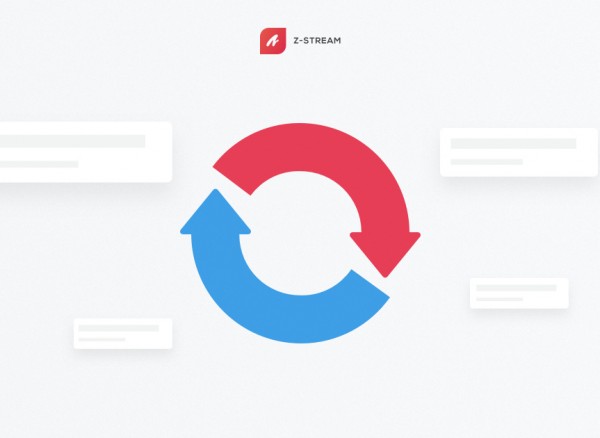
What is Agile Project Management?
Agile project management (or APM) is an iterative approach to completing projects, meaning the process involves breaking large projects down into smaller, more manageable cycles of work. Every step of the product development process, from design to quality assurance, is involved in each cycle. This approach makes it easy for teams to release completed chunks of functionality t as they finish them, rather than building the whole product in one go and trying to fix everything before any one piece has been tested on its own.
Agile project management methodologies enable teams of all sizes to locate, diagnose, and address problems as they work. This helps keep failures to a minimum since issues are caught early and resolved before they can spiral out of control. Agile methodologies also make sticking to project plans easier because roadmaps can be updated as you gain a better understanding of potential problems with every iteration.
The main principles of agile project management include:
- Maximizing customer satisfaction
- Transparency and willingness to try new things
- Fostering cross-functional collaboration
- Creating projects built around motivated individuals
- Measuring progress in terms of working software
- Continuous improvement
How Agile Project Management Works
Team roles
Within an APM framework, leads are responsible for obtaining resources for the rest of the team and making sure the team can do its work free of impediments. The position is based more on soft project management skills than more traditional ones.
Team members, who are often software developers, are responsible for implementing and delivering whatever system the project in question was designed to spawn.
Product owners represent stakeholders (who are both direct and indirect users of the project’s outcome). Product owners are responsible for the decision-making around, and prioritizing of, the product’s highest value features.
Stakeholders (those funding the project) serve as managers as well as operations and support staff throughout the development process.
Interaction within the team
Agile teams are self-organizing and work closely together to complete work without external assistance. Work is completed in short bursts (or sprints) and is always carefully monitored for mistakes and opportunities for improvement. Agile methodology is based on teams being comfortable with each other, enabling them to communicate clearly and question ideas without offending each other. While continuous improvement and experimentation is encouraged, teams must also have a certain level of stability and trust to be extremely productive.
Types of projects
Agile project management methodologies can be applied to a variety of project types. Small to medium-sized software development projects are especially well-suited to APM. Projects with a high degree of uncertainty and a need for flexibility in requirements are also ideal scenarios for agile methodologies and principles.
Pros and Cons of Agile Project Management
Numerous professionals today insist that the benefits of APM outweigh the drawbacks, but some disagree. These fast facts will help you make the decision for yourself.
The Pros
The benefits and advantages of agile project management are numerous. Some of the most notable include:
- Higher quality products
- Emphasis is placed on detecting and rectifying issues quickly
- Improved control over projects
- Individualized projects and tasks paired with short bursts of work make it easier to map progress
- Adapting to change is easier
- Faster return on investment
- Improved communication
- Teams are expected to communicate openly and frequently
- The APM framework advocates for each member having a number of generalized skills, meaning team members can better communicate in cross-functional contexts
- Feedback and testing occur simultaneously
The Cons
There are also disadvantages to be found in relying on an agile project management methodology. Chiefly amongst these are:
- Weak documentation
- Unrealistic plans
- Breaking up work and working in sprints can make it difficult to see what needs to be done
- It’s easy to overestimate productivity
- Numerous micro-projects are always occurring simultaneously
- Projects easily become everlasting
Agile Methodology Best Practices
There are a number of best practices in general for agile methodology. These include seeking out the best project management tools and taking an iterative approach to software development. Practices like daily meetings, working in sprints, communicating openly, and leveraging professional project management tools all contribute to a process and framework which are efficient and empowering for team members.
The Future of Agile Project Management
Today, agile project management continuously benefits development teams around the globe. It’s a means to begin delivering business value from a project as soon as work begins, rather than struggling to offer something meaningful until the project’s completion. It allows teams to work more efficiently and collaboratively and produce high-quality work.
The future of agile project management is bright, but it may shift how prospective project managers choose to develop themselves. Many leaders in the industry today are advocating for newcomers to start building up soft skills early on in their careers. As APM rises in popularity, those in the industry will need to begin altering their focus during their education and early career.
Agile project management is increasing in popularity every year and remains unlikely to disappear anytime soon. Constantly intensifying competition and limited production times within the sector have made APM the go-to choice for teams looking to put out high quality work on tight schedules. Traditional means of project management have long failed a variety of development teams and APM offers a practical solution to these roadblocks.



